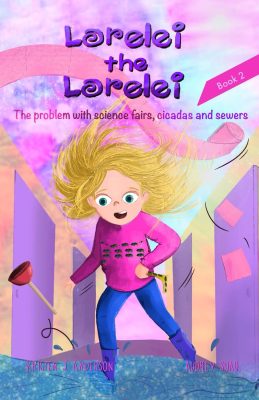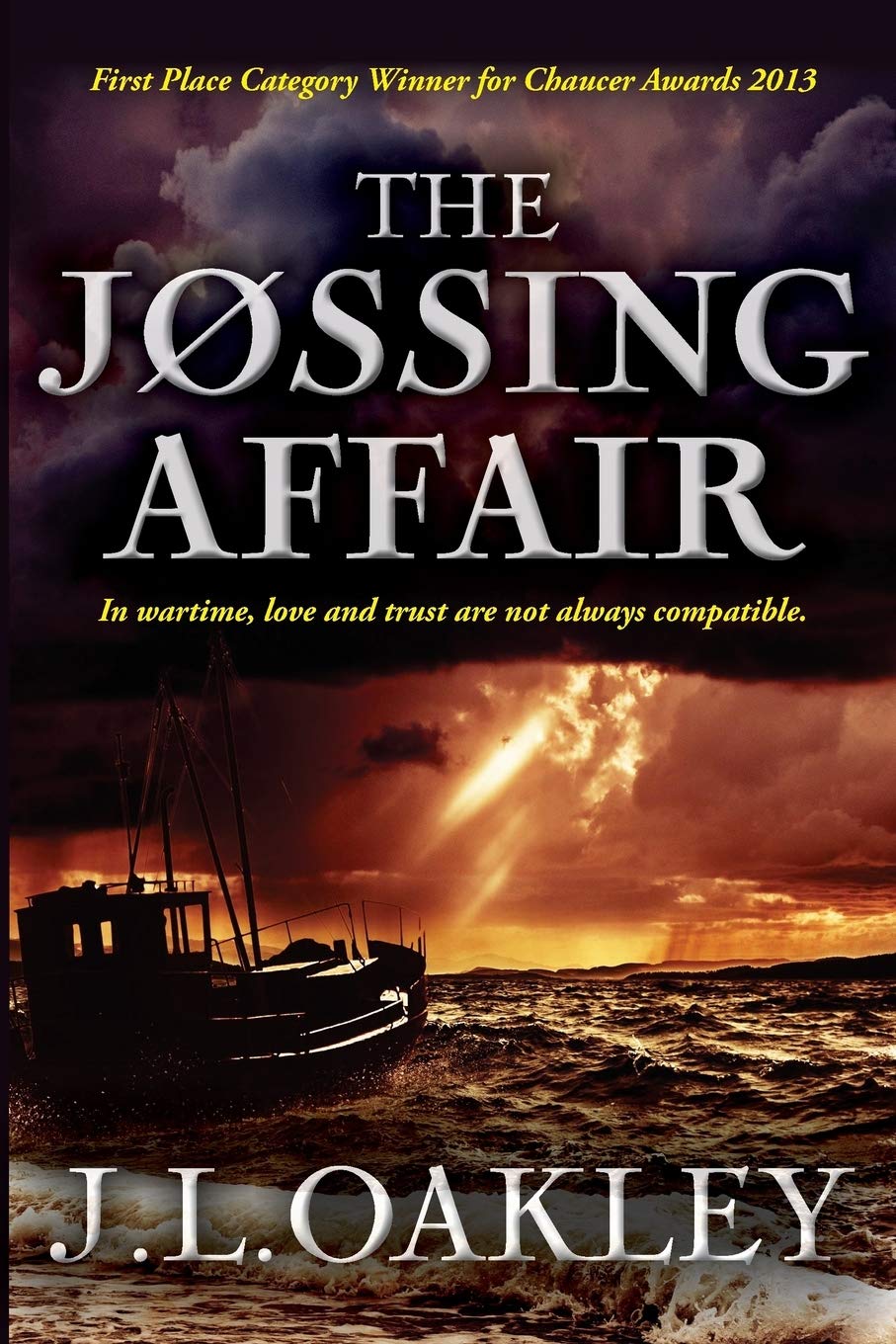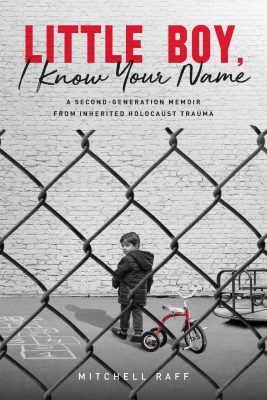|
Listen to or download this article:
|
It’s the fall of 1968 and America is in the throes of rapid social change and cultural upheaval. Martin Luther King has just been assassinated and body bags filled with 18-year-olds boys are coming back from Vietnam at an alarming rate. Political unrest and race riots are turning cities into war zones while suburbanites try to buffer themselves against the tumultuous times.
Nowhere Else to Go by Judith Kirscht masterfully explores these momentous national issues by humanizing them on a personal scale in the small Midwestern college town of Norton Bluffs. The intransigence of the ruling suburbanite whites along with their fears meet head on with the anxieties of the disadvantaged blacks in the halls of education—where the effects of racial polarization are most profoundly felt and magnified in small towns.
Principal Cassie Daniels, of Red River Junior High School, relentlessly tries to carry on classes, school dances and basketball games even as she encounters the shrapnel from these social upheavals in her beloved school, in her marriage, in her relationship with her two school-aged sons, and within her professional relationships.
Principal Daniels and the RRJH faculty have already endured the difficulties brought on by racial integration and bussing. But just when they thought that they had made it past the worst and even came out somewhat ahead with a new wing of classrooms, the Board of Education has more in store for RRJH. It seems that with a bit of “redistricting,” Red River Junior High, due to its location on the edge of town, can serve as a buffer zone between disadvantaged, mostly black, neighborhoods and those of the affluent white ones.
The hoped-for, by the town’s politicians, result from this redistricting maneuver is to return a sense of “normalcy” to the town of Norton Bluffs along with the prevention of any violence like last year’s riots at the high school. And if the redistricting isn’t enough to throw RRJH into a tailspin, The School Board is dictating to use RRJH as a social experiment laboratory for testing some educational “new-think” concepts. Fresh new teachers have been hired by the School Board for RRJH –and this is where things start to get really interesting. These new teachers’ tutor in ‘advanced school room theory’ is Principal Cassie Daniels’ husband. Ben Daniels is an ivory tower burnout hoping to put a new polish on his tarnished idealistic proclivities. He’s already selected the feisty Louisa Norton as his favorite protégé.
Principal Daniels can’t help but worry that the escalating racial tensions in her schoolrooms will erupt into violence. Can she keep her divided faculty members on the same page? Will those wide-eyed kids from the Flats be able to make “the jump” from the safety of their old elementary school into the open-jawed terrors of junior high? And just what are Ben and the confrontational Louisa really up to?
If Cassie Daniels is the strength of the author’s energetic narrative, the teenage students are its pulse, a Greek chorus chanting under the noisy howl of the games adults play. As expected, a great deal of this novel is devoted to these adolescents’ emotional responses. Particularly endearing are Kirscht’s portrayals of how the kids try to cope with a world that they are too young to understand. Kirscht does an excellent job telling her story from many perspectives.
No Where Else to Go is a tenacious read that captures the grittiness of the undertow of racism and prejudice. However, some may find the first several pages a little hard to follow as you are taken instantly into the fray of the battle, but if you hang on, you will find this dense novel to be fast-paced and hard to put down. I heartily recommend Nowhere Else to Go as a tightly woven and insistently engaging novel about racial prejudice and the blackboard jungle of the 1960s.










I enjoyed reading the review, and look forward to reading this novel that covers an age during which husband and I started our family. Preoccupied with a small baby and another on the way, living in rural WA state, I was far removed from the seething unrest in this beloved county. Now I have the opportunity to return to the times, and feel the agony behind the choices and/or mourning that so many of my fellow Americans had to make.
I’m eager to read Judith Kirscht’s intriguing-sounding, small-town story of an emotionally charged era of American history, which I know well from my own experience. Today’s young adult readers, however, might not be as tempted to pick up this historical novel were it not for the vivid picture presented in this review. Hunt offers the potential reader a substantive taste of Kirscht’s thought-provoking account of the social and educational experience of school during the early days of desegregation as well as adolescents’ perspective of American society in the Vietnam era.